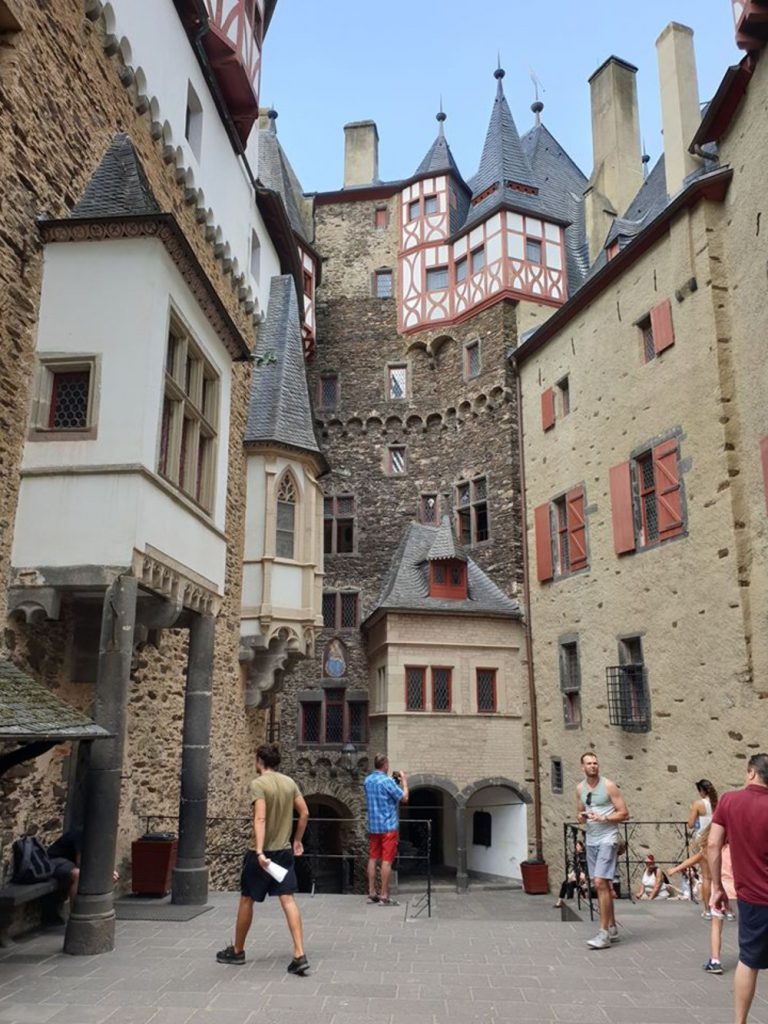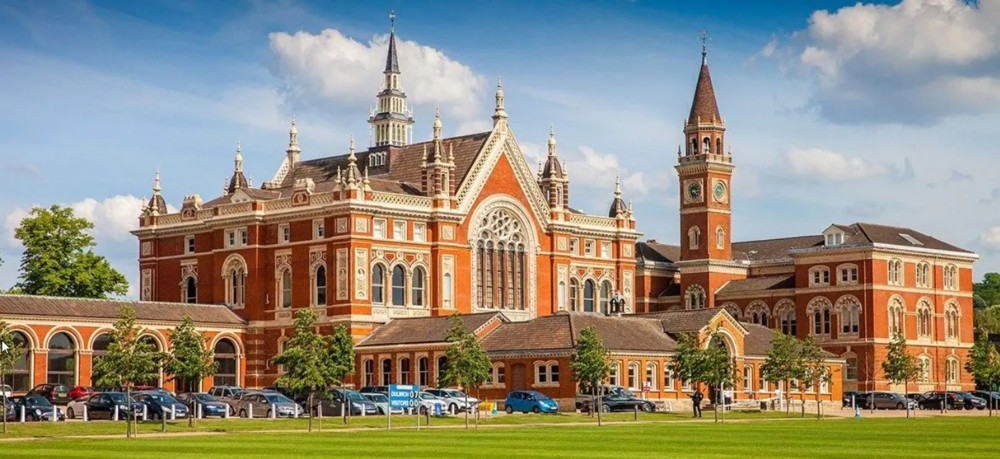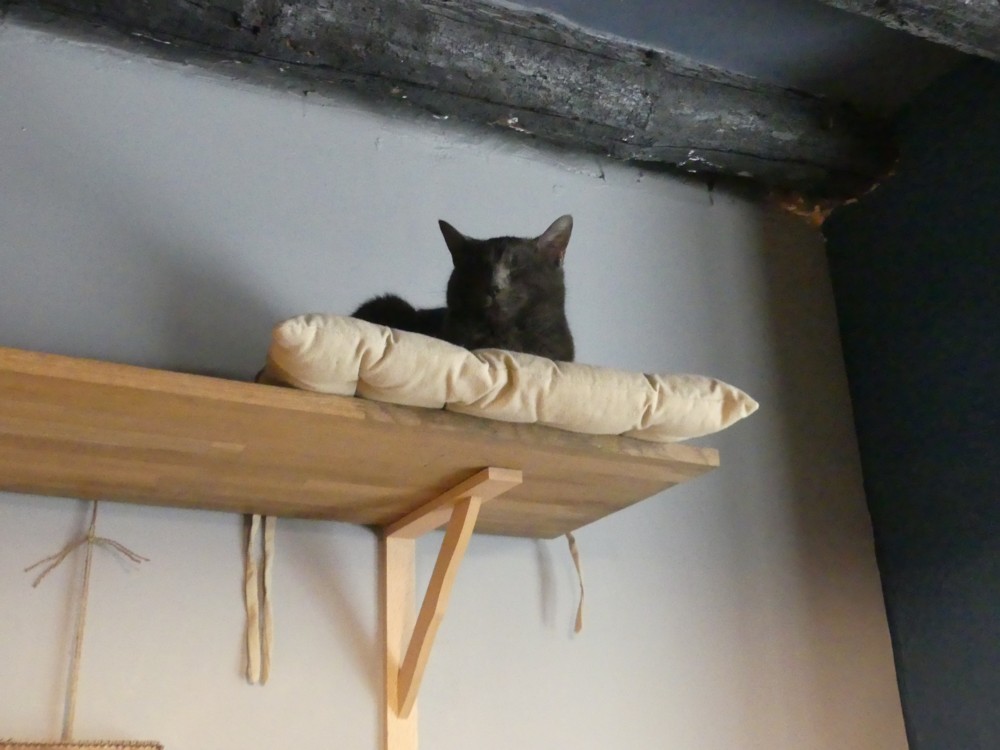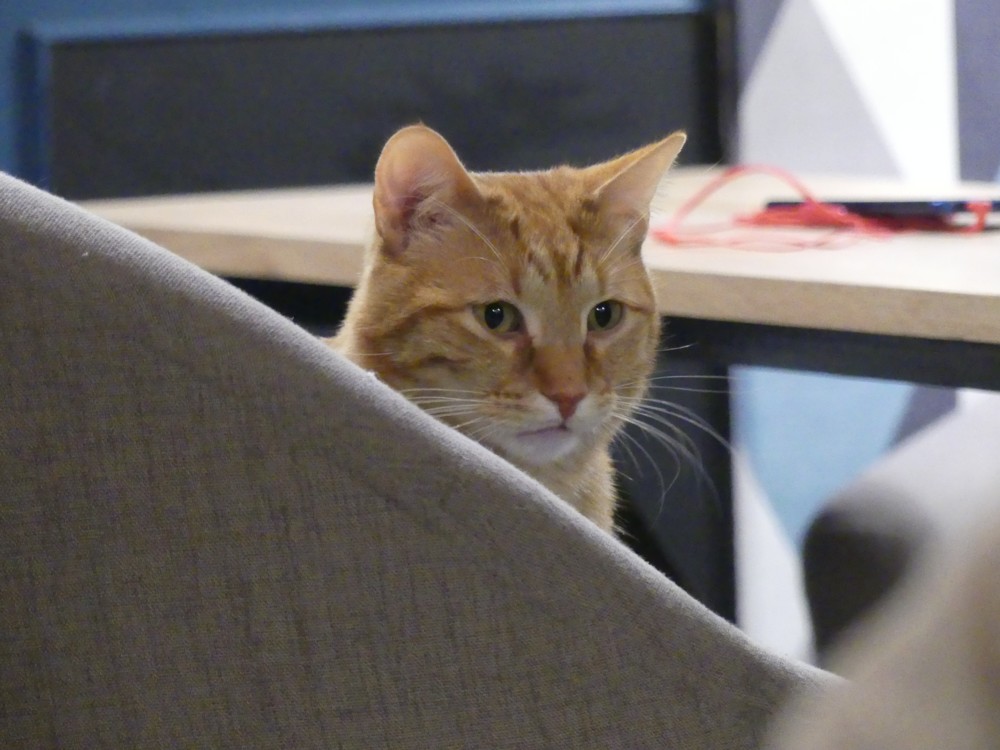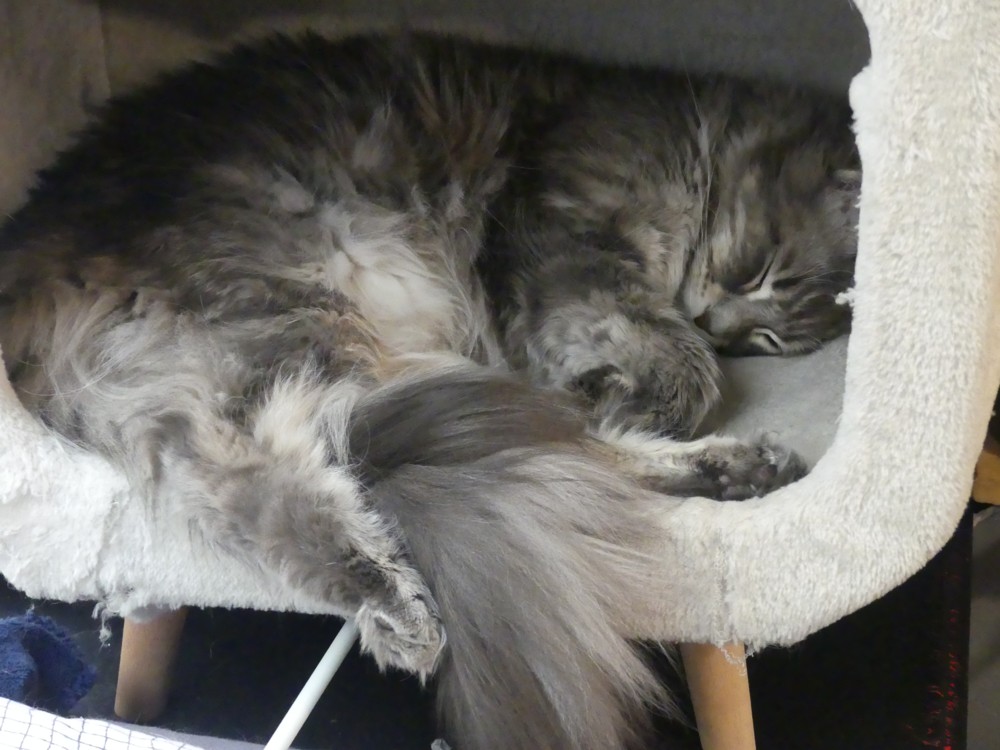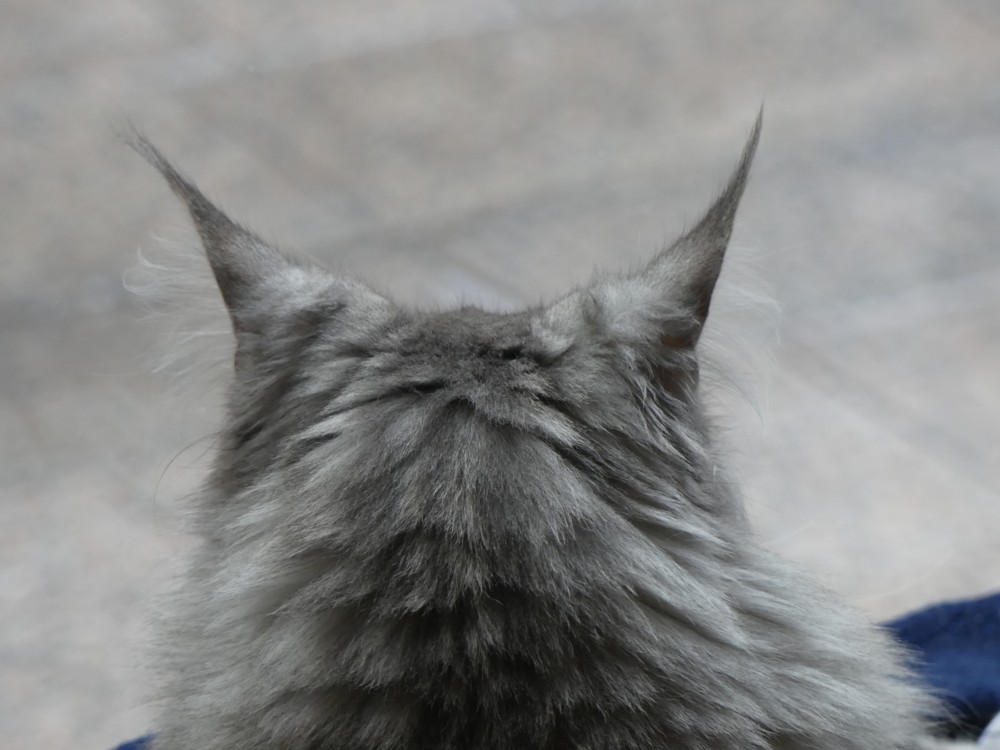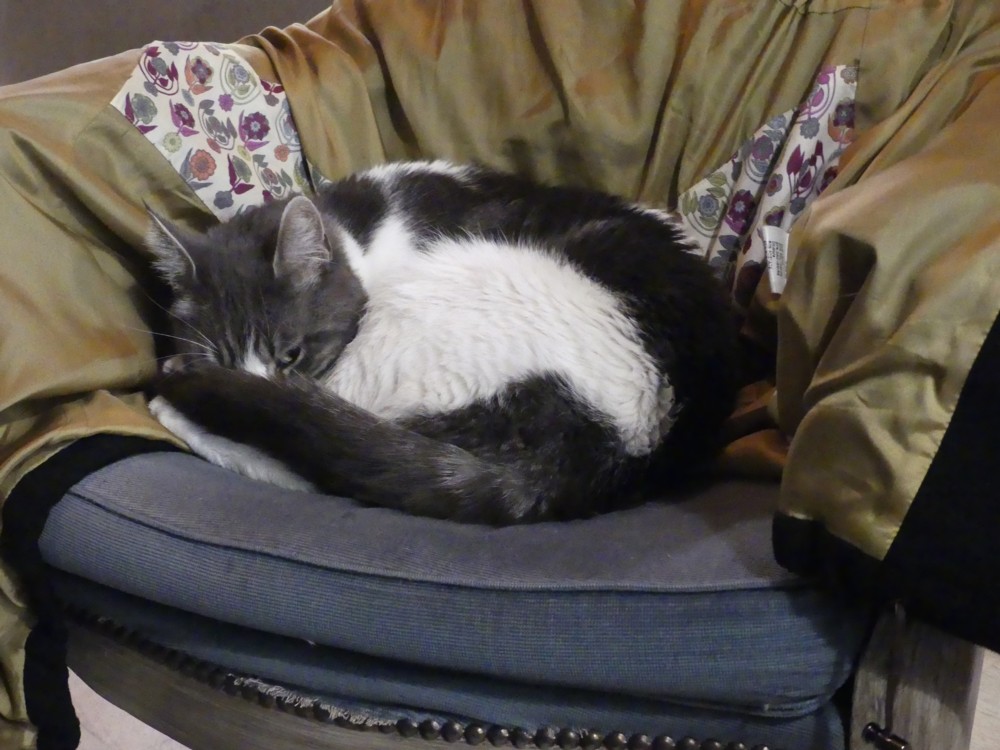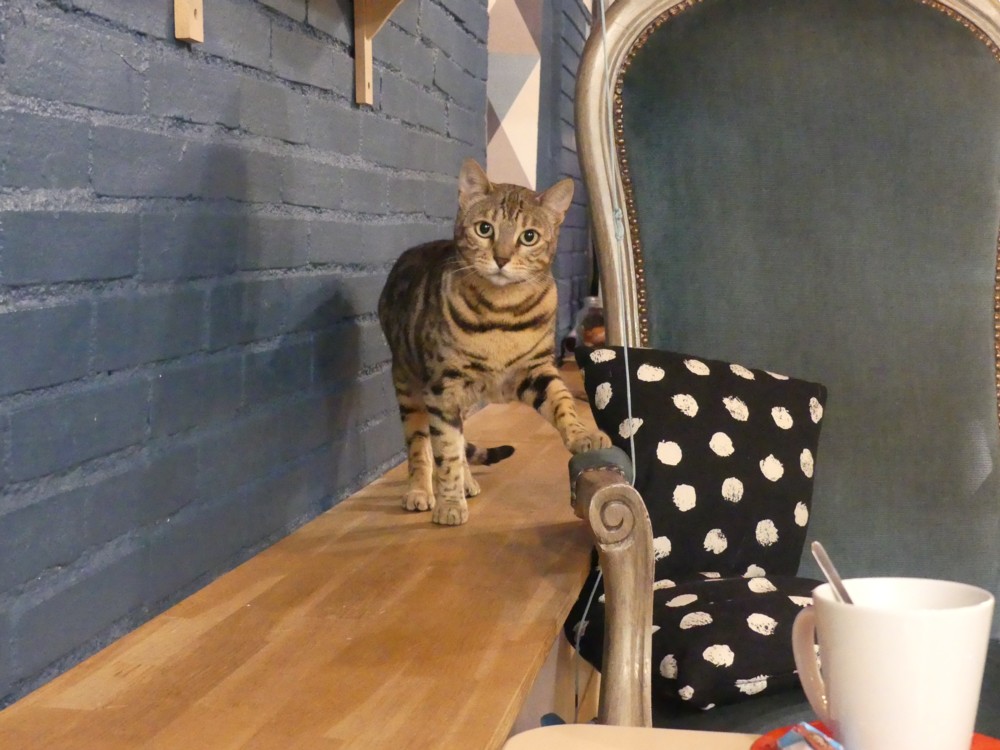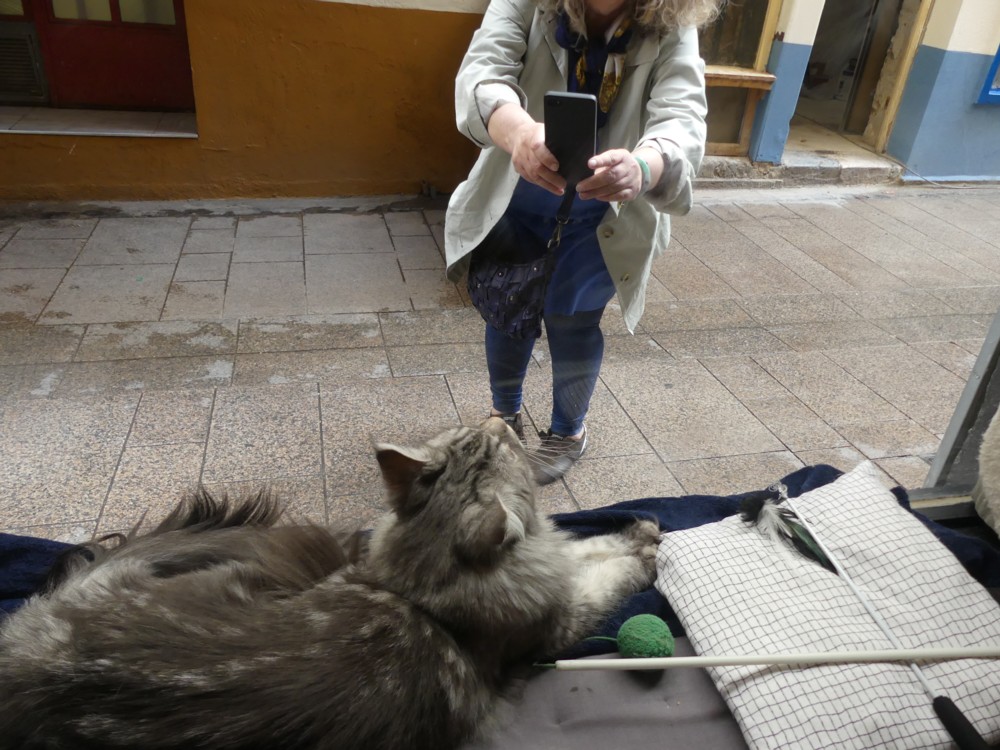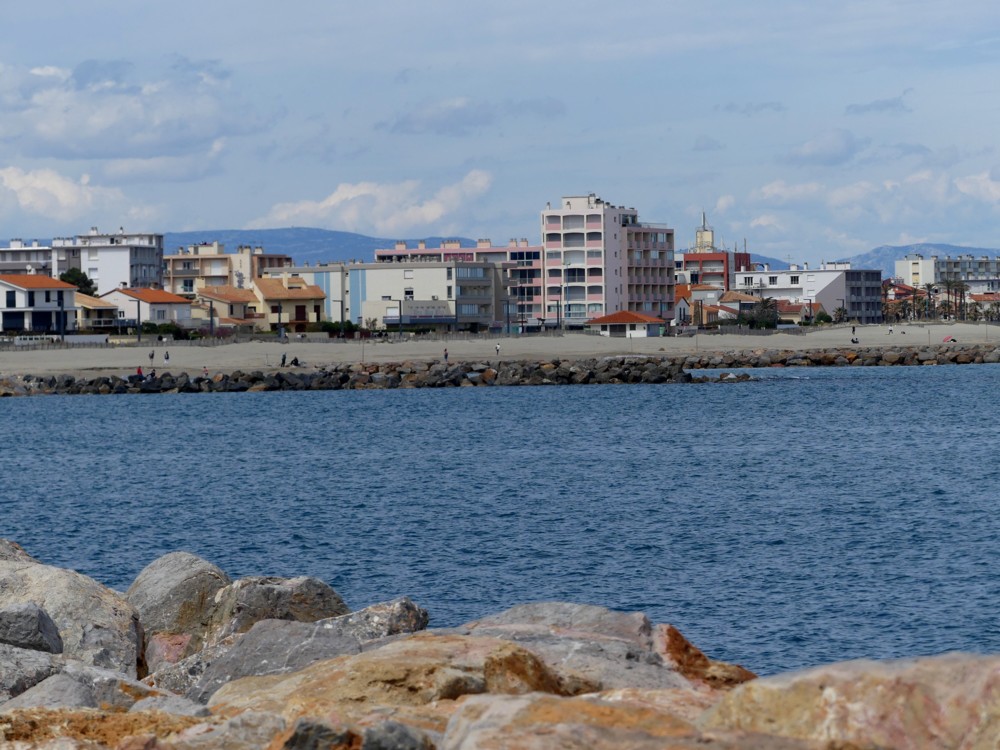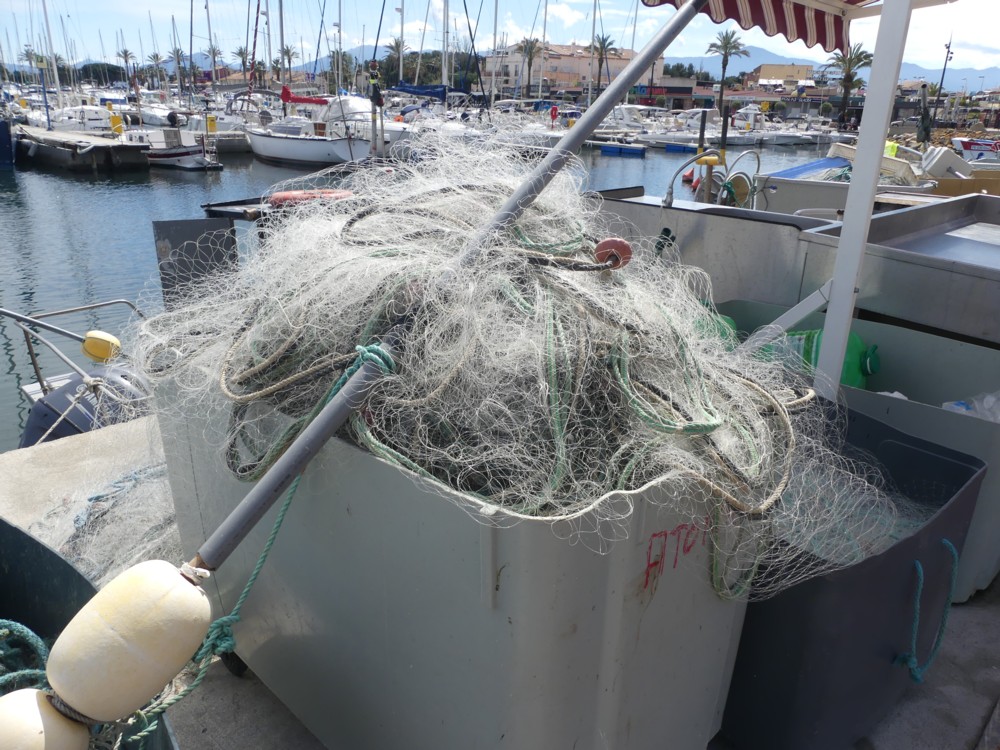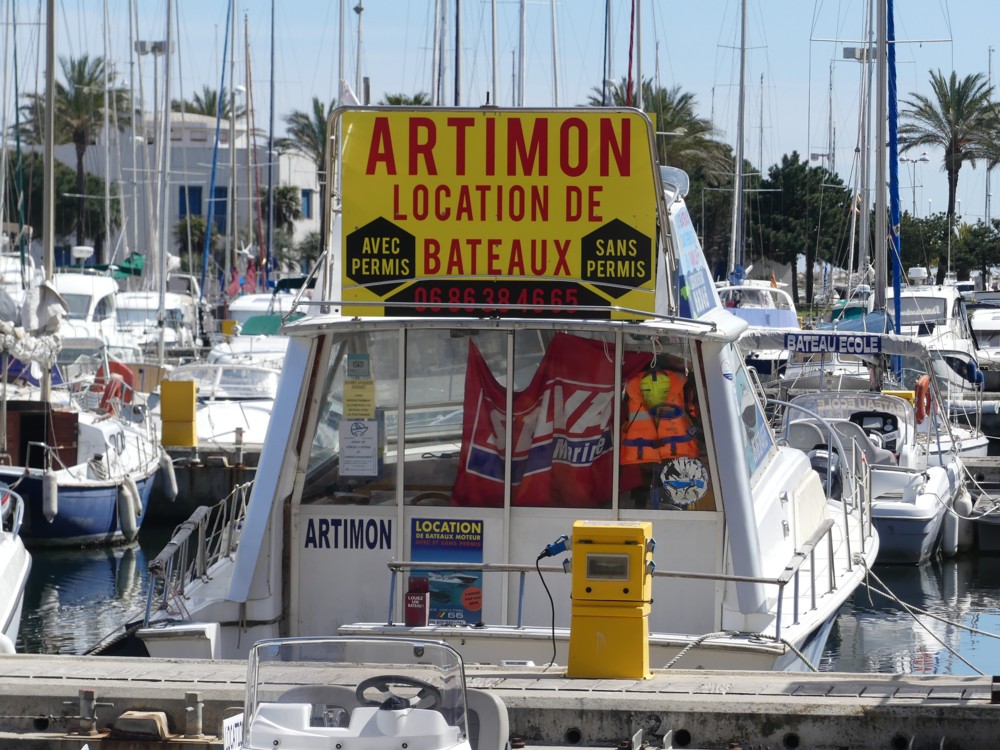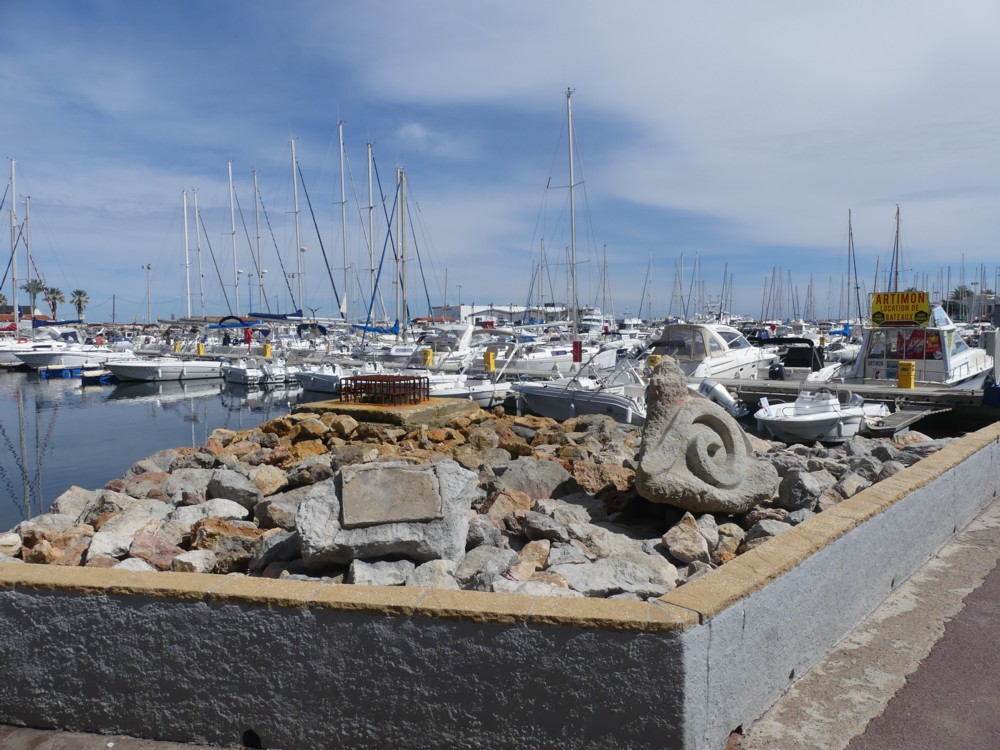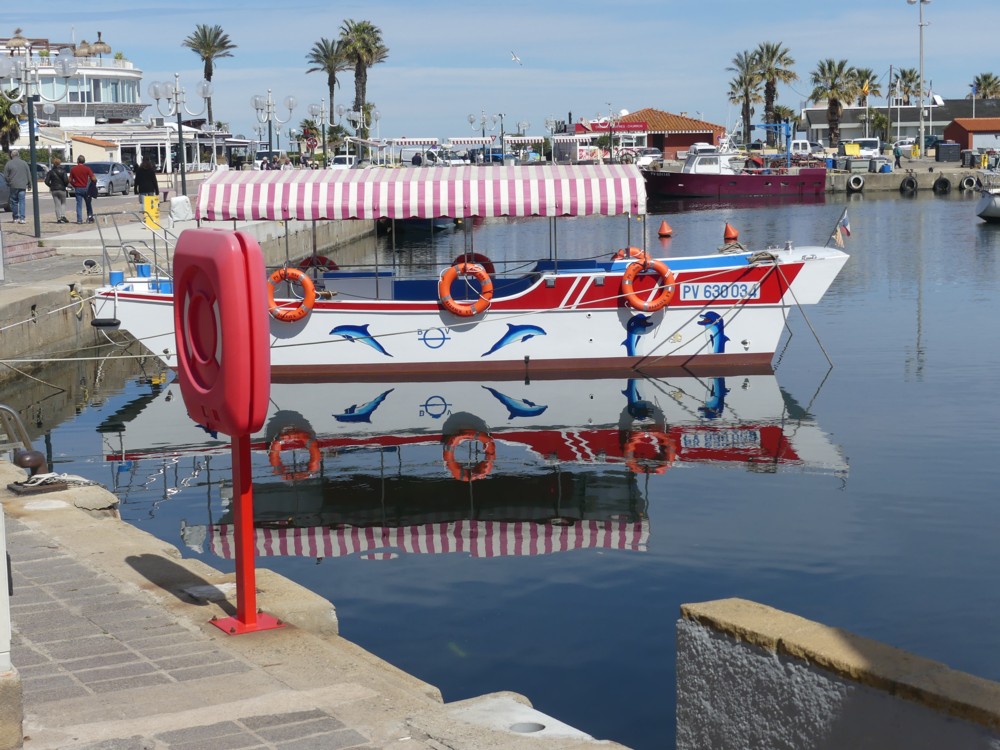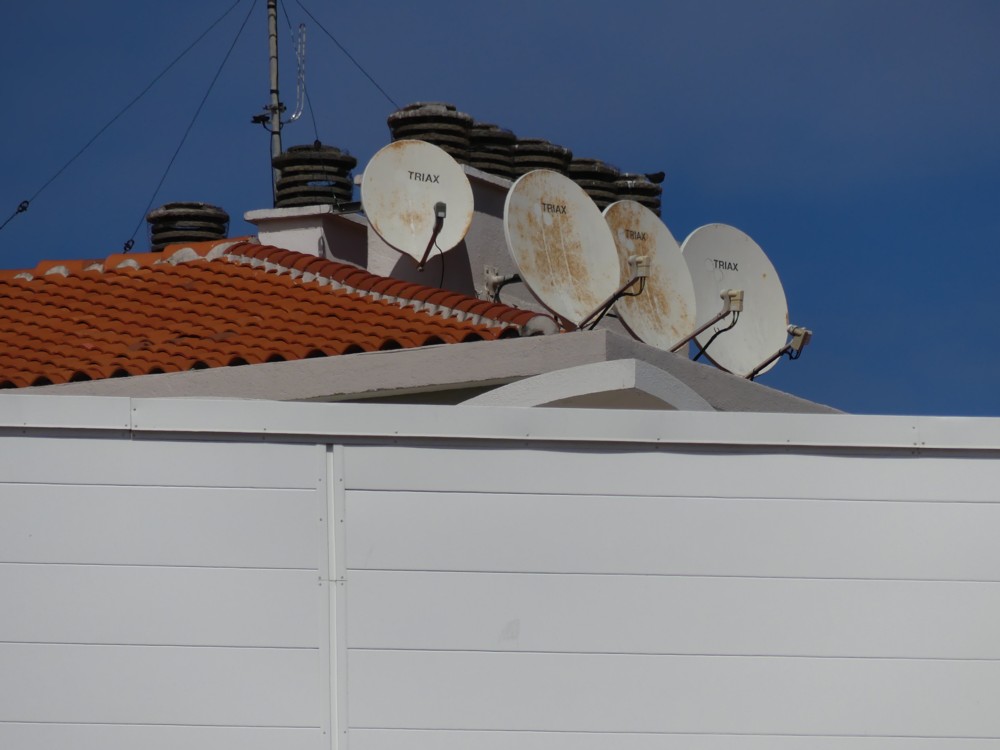Today, Patrick Crozier and I at last got around to doing the recorded conversation we failed to do earlier. About the Allied WW2 bombing offensive.
We did it down the phone rather than face-to-face, and doing it down the phone, what with the phone now being such an antiquated piece of kit, was what had caused the delay. (I am still trying to find the microphone that I swear I do own. Had I found it a fortnight ago, that would have saved Patrick a lot of bother.)
How satisfactory our conversation will turn out to be for others to listen to remains to be heard. I was a bit disorganised, not so much in what I said as in the order in which I said it. I tended to jump back and forth, or so it felt to me. But that wasn’t my phone’s fault, and communication between me and Patrick felt more exact and responsive than I had been fearing. Like most, I make constant use of my phone to keep in touch with friends and collaborators of various sorts, but mere communication is not the same as sharing a performance with whoever’s down the line. I did do performances like this on the radio back in the last century, but then I had no way to compare like with like, because each performance was different, and done with different people. This time I was able to make a more exact comparison, between this conversation with Patrick and previous conversations, of the same sort, also with Patrick. And, as I say, it felt more similar and less of a struggle than I had feared.
Accordingly, I very slightly revise my opinion about the efficacy of working at a distance. It is a little bit easier than I had earlier been thinking. Not that this will diminish the amount of work done in a city like London, and in particular in the centre of London. There is no fixed quantity of work, with more work moving to outside London automatically meaning less work being done in London. On the contrary, the easier it becomes to work outside London, the more busy London will be, keeping track of it all, placing bets on it, and generally doing its London stuff.
The fundamental importance of face-to-face communication remains. In the case of me and Patrick, we know each other well. We’ve met often and talked a lot face-to-face, over the years, in London. Because we know each other well, communication at a distance also works well, and actually, somewhat better than I had expected.
LESS THAN ONE DAY LATER: It’s up.

